You simply cannot drive a car without fuel – petrol/gas, diesel or electricity.
It's just not possible.
Similarly you can’t create engaging videos without fuel – ideas.
Pre-production is without doubt the most important stage of any video project.
If enough time is spent planning before you start any filming or editing then theory dictates the two should go very smoothly. However, not spending enough time honing ideas will be extremely counter productive (and expensive!) when it comes to getting down to production…
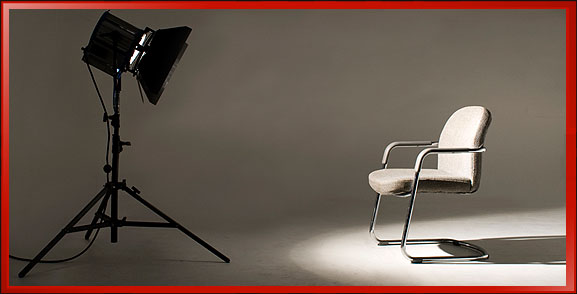
1. The Empty Chair
The first great piece of advice I can give is to pull up an empty chair next to you. Yes, grab an empty chair from the office, your study, anywhere. This empty chair represents the very core of any creative project – your target audience. Without first knowing who it is you are aiming your video at then it will be extremely hard to continue.
Ask yourself:
- Where are they?
- What are they interested in?
- Why would they be interested in your video?
- And when?
The answers to these questions will massively help dictate the creative style, length, music, locations and a whole multitude of factors that will go into creating your video.
2. The Script
So now with a firm understanding of who it is you want to create a video for, it is time to start some scripting. This can be as loose or as tight as you like, but either way you should have a rough order of events of what you want the video to look like in your head. Are there talking head interviews? Is there a voice over or narration? What messages do you want to convey? Imagine you are sitting down with your finger on the play button of the finished video. What do you want to see when you press play? This can be scribbled down or typed up in any word processing software.
For more complex ideas with lots of dialogue there is some great free screenwriting software available called Celtx.
3. The Storyboarding
This next suggestion will significantly help with the look and feel of the video you want to make, especially if you’re thinking of doing something particularly creative. In a nutshell storyboards are sketchings or drawings of scenes in your video to help when filming. Basically an illustrated script. It doesn’t matter if you’re rubbish at drawing!
Stick men, rough shapes, anything will do. Here are some great free templates from the BBC to get you started.
4. The Locations
After scripting and storyboarding its now a great time to do some location recces if you can.
This means going to every location you intend to film in and really having a good look around. Are your plans realistic? Even if it is somewhere you know very well stand in the space and put yourself in the shoes of the presenter, cameraman or interviewee. Is it practical? What factors are there in the location to take into consideration when filming? For example is it a busy public place? Is there a building site next door which will provide an unwanted soundtrack?
Linking back in with storyboarding, a great tip is to take some photos of each location while you’re there. Drawing personally isn’t one of my strongest assets, but I’ve used location photos in the past to really help me with storyboarding.
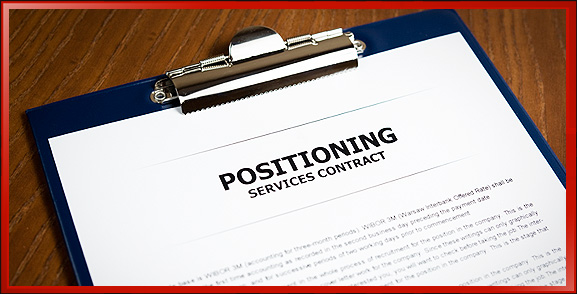
5. The Scheduling & Permissions
So now you’re (hopefully) at a stage where you know exactly what you want to film, where you want to film it and how. Unless the locations are your own you’re going to need to obtain permission.
I’ll go into this in more detail in a future article, but in a nutshell filming anywhere, even on the road outside of your house technically needs permission to do so. Are the locations free on the day you want to use them? For example is the meeting room where you want to conduct your interviews already booked out? Or have you agreed filming permissions with the botanic gardens for your flower close ups? Try and organise as much as you can into the same day – this will help keep costs down.
But be realistic – a 15 second shot wont take 15 seconds to film. Factor in enough time for setting up the tripod, framing the shot, getting your actors in the right place, lighting the scene, different takes… read more about attaining permissions and releases here.
6. The Budget
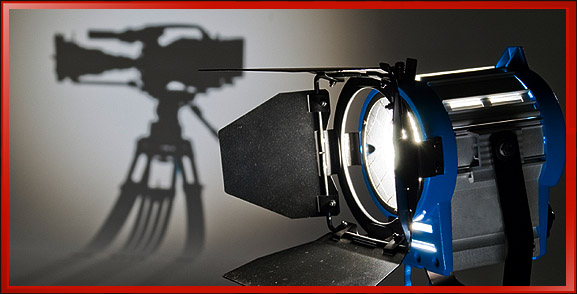
With these initial ideas and arrangements in place you should now have a realistic idea of how much everything will cost. Will you make the video yourself or hire a professional? Are you willing to take the time and learn how to make a promotional video? Do you have any video production equipment yourself or will you need to hire/buy some? Do you need to pay for use of any of the locations?
Video production is a really important asset to any business, and if you plan on promoting it to generate revenue then you should definitely get it right first time. Plan to invest some money to do it right. Whatever the scale of your video idea, or budget, it is definitely worth seeking professional advice from a video production company when undertaking a project for the first time.
Tying it All Together
In summary this is just an extremely brief overview of pre-production processes.
Spend enough time and energy on the project at this stage and you’ll save yourself a lot of time and energy (and money!) in the long run. You make or break any creative project in the initial planning stages.
It’s simple; the more fuel you put in at the start the further you’ll go without needing to fill up again.
And never forget the person in the empty chair.

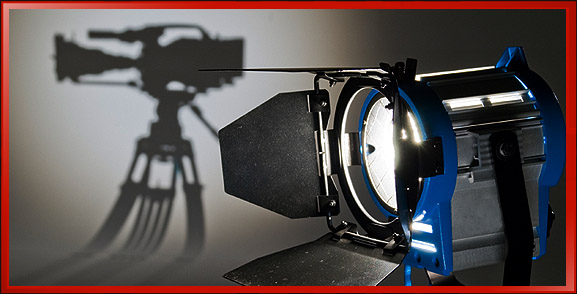

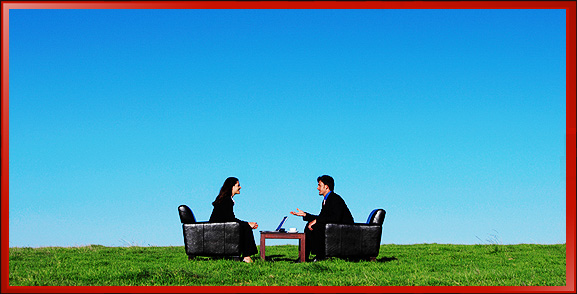
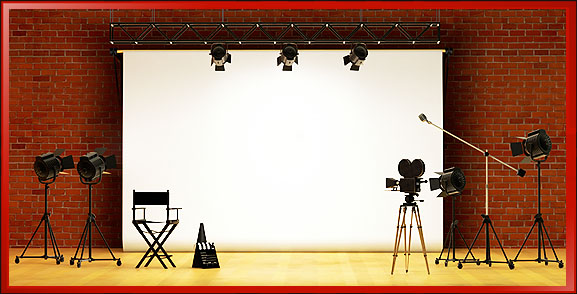
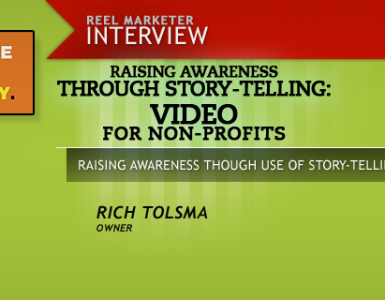



Excellent article, Jon. I just tweeted it!
As a professional voice over talent who collaborates with video producers, it’s nice to be able to pass along your advice others.
Thanks Lisa, glad you found it useful!
I totally agree. Pre-production is very crucial and your video production is nothng without its beginning…Very Good Post…
Great post by Jon, I agree Lisa and Andrew. Andrew, you run a video production facility – what’s another point you’d add that’s important for pre-production?
I hope this is not yet too late to have this comment:
Thanks Chris for Asking!!
In pre-production, I have this one important thing that i always do before actually starting the pre-production stage, i call it PRE PRE-PRODUCTION PHASE as it is the very first thing I do. That thing is what I Call: HALLUCINATING!! Yeah, It’s sounds weird but to tell you frankly, i start imagining weird things to come up with a very special yet unique concept that i could use. We all do that actually but we tend to forget it is the foundation of everything. Concept comes to life because of Imagination. With Imagination, there comes next the budget, the planning, the script and everything down to the post-production. Another good thing is, Imagining the flow of your concept can be developmental. Just like thinking of a moving DOT then eventually a DOT becomes a Tree, weird things like that.
You Can even make a tree into a Bird if you want to, LOL
The main thing is, Video Production starts with the very spark of your brain neurons, that’s imagination.
Andrew, a poignant – and advanced – take on the video production process! Indeed, a creative imagination coupled with a solid strategy and technical know how are required for a success. Comments are never too late – thank you for sharing!
Hi
I am quite new in production field and your this artical is very helpful for me .l have a request please guide me more thanks
Hi Riffar, happy to hear that you found this article useful! May we recommend another article, “How to Get Started Video Marketing on a Shoestring Budget” as a good place to learn more about where to begin when creating your own video. Best of luck – let us know how your project turn out!